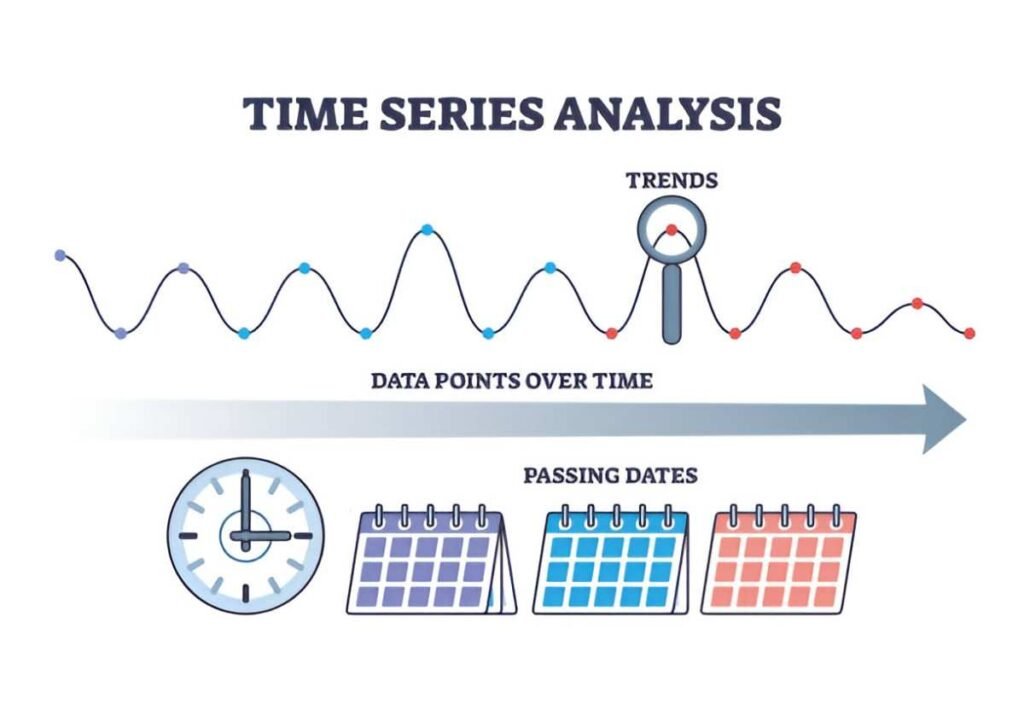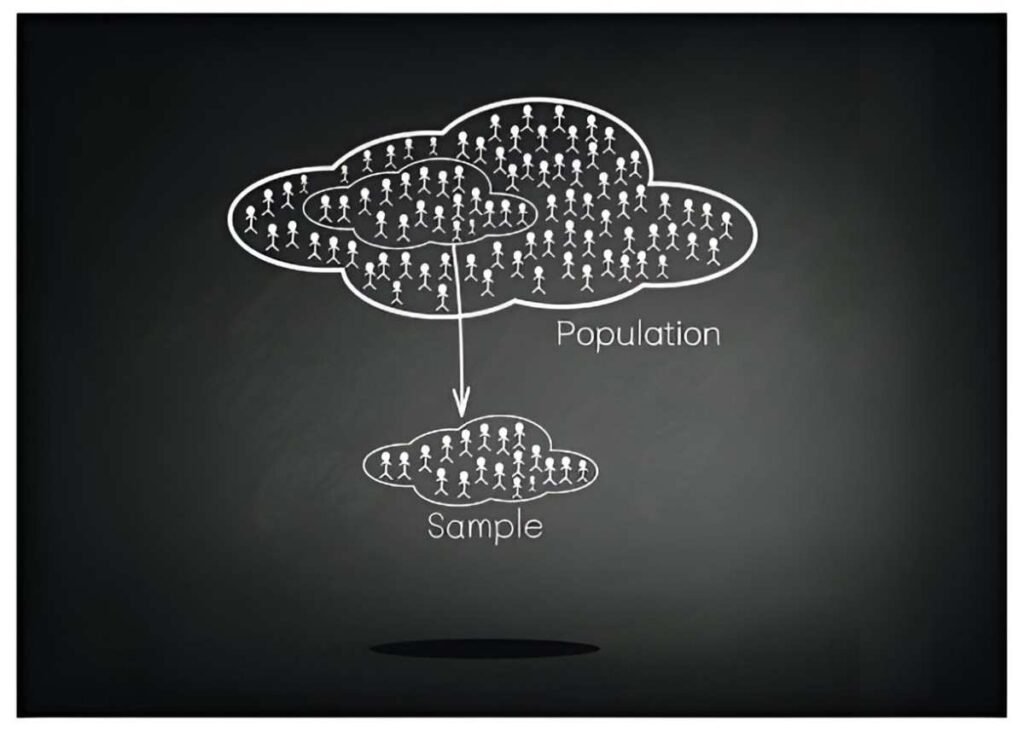As a financial analyst with years of experience in cost accounting, I often see businesses struggle with overhead variance. Many managers focus only on direct costs, ignoring overheads, which leads to distorted profit margins. In this article, I break down overhead variance—what it means, how to calculate it, and why it matters for business success.
Table of Contents
What Is Overhead Variance?
Overhead variance measures the difference between actual overhead costs and the standard or budgeted overhead costs. Businesses use this metric to assess cost control efficiency. If actual overhead exceeds the budget, it signals inefficiency. If it’s lower, the business may be under-spending on essential operations.
Types of Overhead Variance
There are two primary types of overhead variance:
- Variable Overhead Variance – Fluctuates with production levels.
- Fixed Overhead Variance – Remains constant regardless of output.
Each type has subcategories:
- Variable Overhead Spending Variance
- Variable Overhead Efficiency Variance
- Fixed Overhead Volume Variance
- Fixed Overhead Budget Variance
I’ll explain each in detail with real-world examples.
Calculating Variable Overhead Variance
Variable overhead costs change with production volume. Examples include utilities, indirect materials, and maintenance. To analyze variance, we use two key formulas:
1. Variable Overhead Spending Variance
This measures whether a business spent more or less than expected on variable overheads per unit of activity (usually labor or machine hours).
\text{Spending Variance} = (AR - SR) \times AHWhere:
- AR = Actual variable overhead rate per hour
- SR = Standard variable overhead rate per hour
- AH = Actual hours worked
Example:
A factory budgets \$5 per machine hour for variable overhead. Actual costs were \$6 per hour, with 1,000 hours worked.
2. Variable Overhead Efficiency Variance
This shows whether production used more or fewer hours than expected.
\text{Efficiency Variance} = (AH - SH) \times SRWhere:
- SH = Standard hours allowed for actual output
Example:
The same factory expected to use 900 hours but used 1,000. The standard rate remains \$5 .
Summary Table: Variable Overhead Variance
| Variance Type | Formula | Outcome (Example) |
|---|---|---|
| Spending Variance | (AR - SR) \times AH | \$1,000 \text{ U} |
| Efficiency Variance | (AH - SH) \times SR | \$500 \text{ U} |
Fixed Overhead Variance
Fixed overheads (rent, salaries, insurance) do not change with production. However, variance analysis helps assess budget adherence and capacity utilization.
1. Fixed Overhead Budget Variance
This compares actual fixed overhead to the budgeted amount.
\text{Budget Variance} = \text{Actual Fixed Overhead} - \text{Budgeted Fixed Overhead}Example:
A company budgets \$50,000 for fixed overhead but spends \$52,000 .
2. Fixed Overhead Volume Variance
This measures whether the business utilized its production capacity effectively.
\text{Volume Variance} = (Budgeted Hours - Actual Hours) \times Fixed Overhead RateExample:
Budgeted production was 10,000 hours at \$5 per hour. Actual output used 9,000 hours.
Summary Table: Fixed Overhead Variance
| Variance Type | Formula | Outcome (Example) |
|---|---|---|
| Budget Variance | \text{Actual} - \text{Budgeted} | \$2,000 \text{ U} |
| Volume Variance | (BH - AH) \times SR | \$5,000 \text{ U} |
Why Overhead Variance Matters
- Cost Control – Identifies overspending before it hurts profits.
- Performance Evaluation – Helps assess department efficiency.
- Budget Adjustments – Guides future financial planning.
Real-World Application
A US-based manufacturing firm noticed a rising unfavorable overhead variance. Upon analysis, they found:
- Spending Variance → Higher electricity rates due to outdated equipment.
- Efficiency Variance → Machine breakdowns increased labor hours.
By upgrading machinery, they reduced variances by 15% in six months.
Common Pitfalls in Overhead Variance Analysis
- Ignoring External Factors – Inflation or supply chain disruptions can distort variances.
- Overlooking Fixed Costs – Some managers focus only on variable costs, missing bigger inefficiencies.
- Misallocating Overheads – Incorrect cost drivers lead to inaccurate analysis.
Final Thoughts
Understanding overhead variance is not just an accounting exercise—it’s a strategic tool. By breaking down spending and efficiency differences, businesses can make informed decisions that enhance profitability. Whether you run a small business or a large corporation, mastering overhead variance helps you stay competitive in today’s economy.





